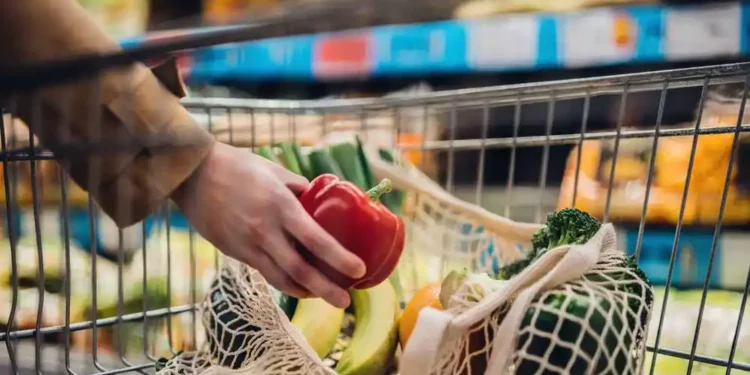Last Updated on May 20, 2023 by admin
The fascinating world of technology has undoubtedly brought us closer to many resources, including essential services. Nowadays, when you say, “Indícame el camino a la tienda de alimentos más cercana,” you are no longer asking a question only to the people in your immediate vicinity. Instead, you’re prompting a digital assistant or a navigation system, both designed to understand your request and deliver precise results.
As we delve into this topic, we discover how technology, coupled with our basic needs, has revolutionized the way we locate grocery stores in our locality.
Localization Technology
Smartphones have become indispensable, primarily due to their innovative features and the wide array of applications they support. At the heart of these apps, many platforms offer localization services. If you were to say, “Indícame el camino a la tienda de alimentos más cercana,” to your smartphone, it would instantly process your request, identifying your location and mapping the shortest route to the nearest grocery store.
GPS Technology
This miracle of modern technology is powered by the Global Positioning System (GPS), a network of satellites that orbits the Earth, providing geolocation and time information to a GPS receiver located anywhere on Earth. The smartphone communicates with these satellites to determine the user’s exact location.
Smartphone Assistance
When you request, “Indícame el camino a la tienda de alimentos más cercana,” your smartphone, using geolocation, identifies your position and searches its database for grocery stores near you. It then suggests the closest grocery store, using various factors such as the store’s working hours, customer reviews, and current traffic conditions to give you the most optimal route.
AR Navigation
Another notable advancement in this domain is the integration of Augmented Reality (AR) in navigation systems. When you use AR and ask, “Indícame el camino a la tienda de alimentos más cercana,” an overlay of digital information appears on your smartphone screen, providing a unique, immersive experience. This visual guidance system can identify landmarks and deliver detailed instructions to your destination, transforming your grocery shopping journey into an interactive experience.
Virtual Assistants
In addition, with the rise of smart speakers and virtual assistants like Amazon’s Alexa, Google’s Assistant, and Apple’s Siri, the accessibility to such services has improved remarkably. You can comfortably sit on your couch, ask your smart device, “Indícame el camino a la tienda de alimentos más cercana,” and it will not only provide you with directions but also could add items to your shopping list or place an order for home delivery.
Data Responsibility
These technological innovations have indeed made our lives easier. However, it is equally essential to use them responsibly, ensuring data privacy and security. While it’s incredibly convenient to ask your smartphone or digital assistant, “Indícame el camino a la tienda de alimentos más cercana,” it’s vital to remember that sharing your location implies a level of trust in the service provider’s data policies.
Technological Transformation
In summary, as we navigate through the age of digitalization, we experience a fascinating convergence of technology and everyday life. “Indícame el camino a la tienda de alimentos más cercana” – a simple sentence that encapsulates our dependency on technology and its impact on our day-to-day activities. Whether it’s finding the nearest grocery store, hailing a cab, or locating a lost item, the convenience offered by modern technology is unprecedented and continues to transform our lives in unimaginable ways.
Also, Read Harness the Power of Market Research to Increase Your Telemarketing Email Lists.










